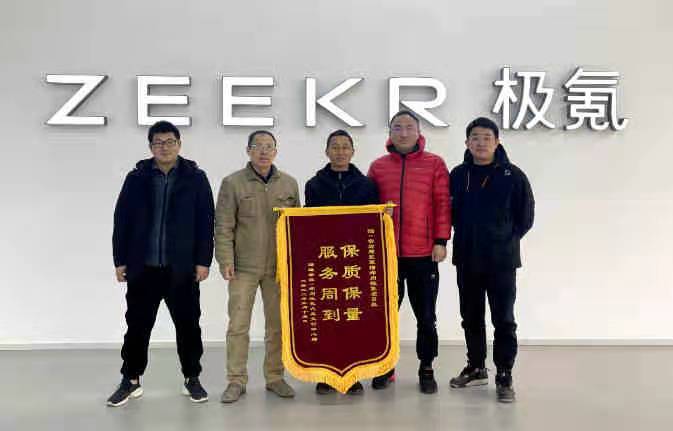डिसेंबर . 25, 2024 08:09 Back to list
mannequins
The Fascinating World of Mannequins
Mannequins have been an integral part of the retail and fashion industries for centuries. These life-sized figures serve as silent ambassadors for clothing brands, showcasing the latest trends and styles in a visually appealing manner. However, the role of mannequins extends far beyond mere display; they encapsulate our evolving relationship with fashion, culture, and commerce.
Historically, the use of mannequins dates back to the 16th century when tailors used them for fitting garments. Early mannequins were often wooden, immobile figures, lacking the realism we see today. As fashion evolved, so did the design of mannequins. The 20th century marked a significant transformation as manufacturers began incorporating more lifelike features, creating mannequins that not only displayed clothing but also conveyed a certain aesthetic and lifestyle.
In recent years, the role of mannequins has become even more sophisticated. Retailers have embraced various materials, from fiberglass to foam, allowing for greater customization and detail. The introduction of articulated mannequins enables dynamic poses and expressions, adding to the realism that draws customers into a retail environment. Furthermore, the rise of virtual and augmented reality technologies has ushered in a new era where digital mannequins can be created and manipulated to suit various marketing strategies.
Mannequins also reflect our societal norms and beauty standards. For decades, the industry predominantly featured slim, Eurocentric representations of beauty. However, there has been a significant push for diversity and inclusivity in recent years. Brands now recognize the importance of showcasing mannequins of different body types, ethnicities, and genders. This shift not only broadens the appeal of fashion brands but also promotes a more realistic representation of society.
mannequins

The impact of mannequins transcends the confines of retail. They serve as cultural artifacts that reveal societal trends and shifts. For instance, the rise of the body positivity movement has influenced the types of mannequins displayed in stores. Plus-size mannequins are now increasingly common, allowing all consumers to see themselves represented in the clothes being sold. This change is crucial in reshaping the narrative around body image and self-acceptance.
Moreover, the artistry involved in mannequin design cannot be overlooked. Many visual artists and sculptors have ventured into this realm, creating unique and visually stunning figures that blur the line between art and commerce. Mannequins can be adorned with intricate details, painted in vibrant colors, or even transformed into abstract representations, offering a new medium for artistic expression.
The evolution of mannequins is also tightly connected to marketing strategies. Creative window displays featuring mannequins can captivate passersby, drawing them into stores. Seasonal themes, holiday specials, and even social movements are often represented through innovative mannequin setups. Retailers understand that a striking visual can significantly influence consumer behavior and purchasing decisions.
In conclusion, mannequins are far more than lifeless dolls standing in shop windows. They embody the essence of style, culture, and societal values. As the fashion landscape continues to evolve, so too will the role of mannequins. They will remain vital instruments in connecting consumers with the stories behind the clothes, ultimately influencing how we perceive fashion and ourselves. Through their silent presentations, mannequins continue to shape our understanding of beauty and identity in ever-changing ways.
-
Optimize Retail Displays With Advanced Rack Fitting For Shop
NewsAug.22,2025
-
Showcase Your Products Effectively With a Premium Portable Showcase
NewsAug.22,2025
-
Transform Your Retail Space With a Premium Shopfitting Store
NewsAug.22,2025
-
Transform Your Store With Premium Retail Shop Fittings
NewsAug.22,2025
-
Maximize Retail Display with Slatwall Solutions
NewsAug.22,2025
-
Shopfitting Shop — Creating Efficient and Attractive Retail Spaces
NewsAug.22,2025


















































































































